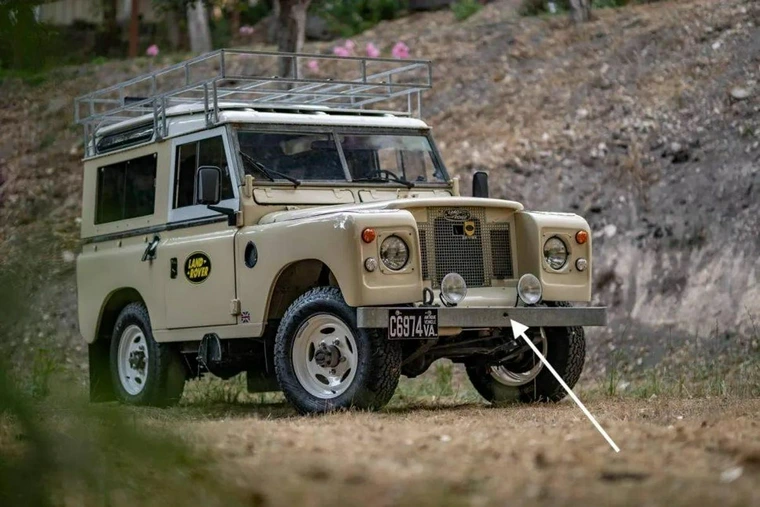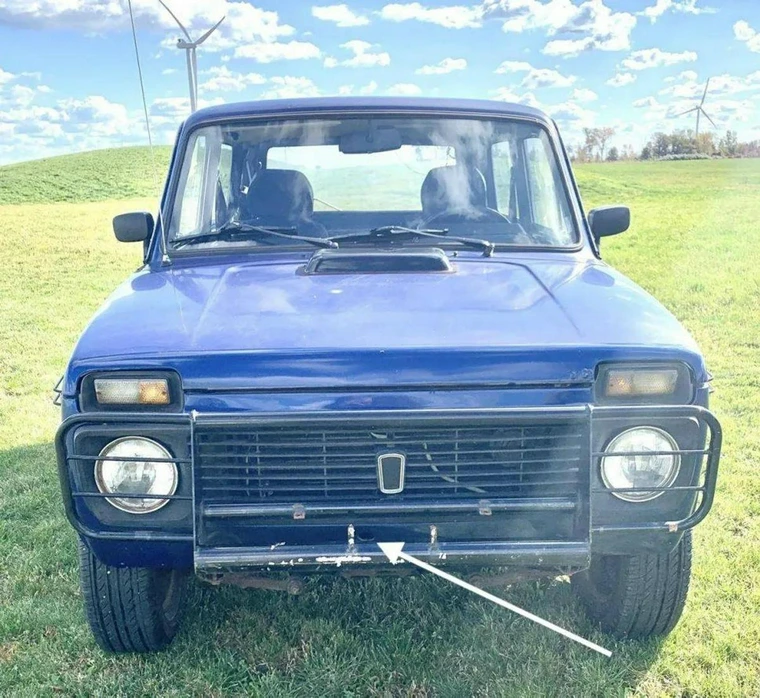If you know there's an emp coming, put your lights and other electronics you want saved in the microwave (don't cook your lights). It's basically a faraday cage. That will at least give your devices a chance to survive an emp. Remember, cell phones will probably be useless after an emp so don't bother saving them (unless the flashlight app is your only light). Two way radios will have some use. Small solar panels, rechargeable batteries, and chargers will be lifesavers if you can save them all. Always have a backup plan in case an emp fries everything. Candles, gas lanterns, and light sticks for light. You need lots of matches, lighters, and good firesteels for starting fires, lighting lanterns and candles, and lighting a gas stove (which you should also have in your emergency kit). Then there's water. After an emp, water is no longer treated and it doesn't take long before the sewage gets mixed in with the fresh water and you risk cholera drinking it. Have a good portable water purification system and lots of bottled water to spare. You'll need to get somewhere with a decent fresh water supply to survive. If you have to travel to survive, keep in mind the 5 first things you need:
Heat- Have the ability to make fire
Shelter- If you're cold and wet, you'll die quickly otherwise
Water- Needed in first 3 days to survive
Food- This may require hunting, gathering, fishing, or bartering with other people. Make sure you take a supply of food with you before resorting to skills you may not have in order to survive.
Security- When you're out in the wild, every minute something wants to bite, sting, or eat you. And that's just the snakes, scorpions, mosquitoes, bees, and bears. Other people may be a threat too after an emp. Security involves risk assessment and prevention to keep you from getting killed. Take shifts sleeping. Those awake in camp should form an alert circle. Animals do this to survive. Everyone faces a different direction so nothing can surprise and attack the camp. If weapons or perimeter alarms are required for security, use your best judgment for the good of the group. If barriers or walls need to be erected, do what you have to do.
With the current state of affairs, I am concerned that the next "spy" balloon flown over the U.S. could easily be carrying an emp. Our adversaries now know that we would let it fly all the way across the continent before shooting it down. We do need to be prepared for the possibility of an emp attack in the very near future.
 Help Support Candle Power Flashlight Forum
Help Support Candle Power Flashlight Forum
. And if I am, it won't be in the dark.



